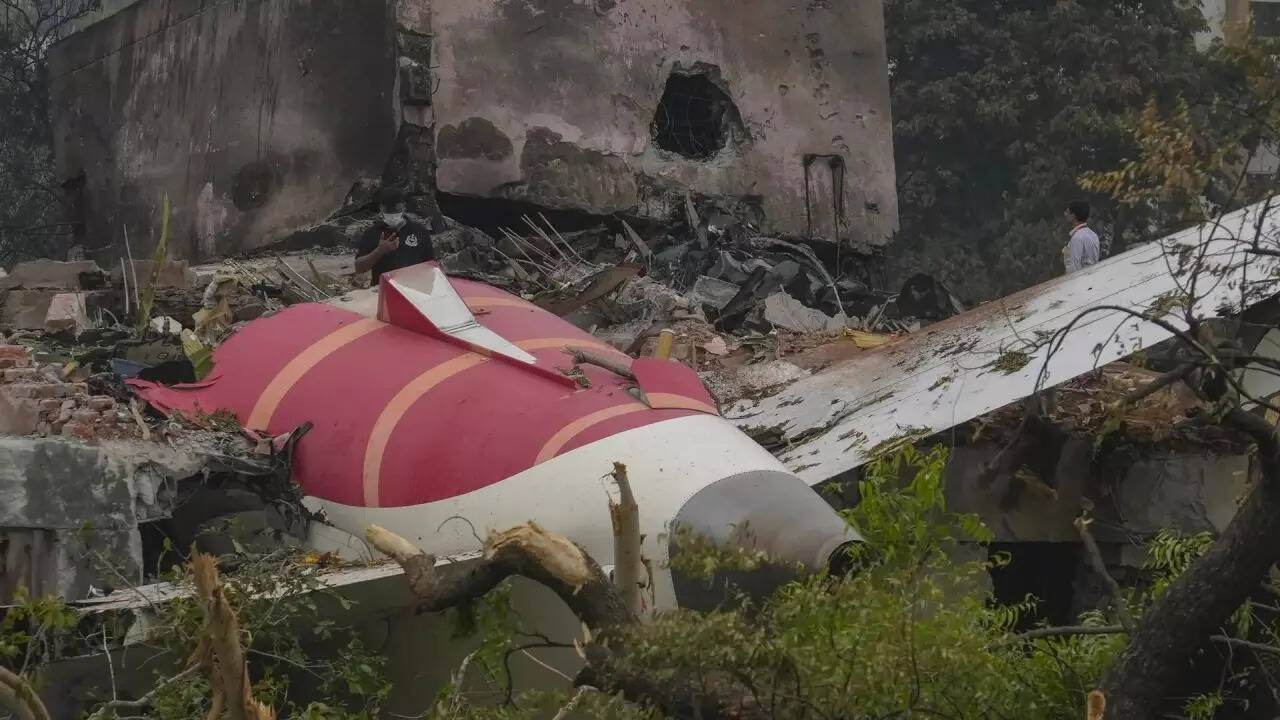Following the tragic Air India crash in Ahmedabad, involving a Boeing 787 Dreamliner and resulting in 245 fatalities, the DGCA has mandated enhanced safety inspections for Air India’s entire Dreamliner fleet. These checks include fuel parameter monitoring, cabin air compressor inspection, and engine system tests.
Dreamliners Grounded? What the Ahmedabad Incident Means for Air India Flyers
Okay, let’s talk about flying. Not the romantic, soaring-through-the-clouds kind, but the nuts-and-bolts, safety-first kind. Because let’s be honest, when you buckle into that seat, you’re putting a lot of trust into the airline, the pilots, and the engineering behind the metal bird carrying you across the globe.
And that trust is something that’s being put to the test right now, at least for those of us who fly Air India.
You probably heard whispers of an incident in Ahmedabad involving one of Air India’s Boeing 787 Dreamliners. Apparently, during a routine landing, something went wrong, causing some damage to the aircraft’s underbelly. Now, before you start panicking about your next Air India flight, let’s dial down the drama a notch. These things happen, albeit rarely. Aircraft are complex machines, and even with rigorous maintenance, unexpected situations can arise.
But here’s the thing: when something does go wrong, especially when it involves something as crucial as landing gear, it’s a red flag that demands immediate and thorough investigation. And that’s exactly what’s happening.
Following the Ahmedabad incident, the Directorate General of Civil Aviation (DGCA), India’s aviation watchdog, has stepped in and ordered enhanced safety inspections across Air India’s entire Boeing 787 Dreamliner fleet. Think of it as a system-wide check-up to ensure every plane is in tip-top shape. This isn’t just a cursory glance; it’s a deep dive into critical systems.
So, what exactly are they looking for? Well, the focus is heavily on the landing gear assembly. Things like the hydraulic systems that control the landing gear, the locking mechanisms that keep it securely in place during flight, and the overall structural integrity of the gear itself are all under intense scrutiny. They’ll also be examining the aircraft’s braking system, ensuring it’s functioning flawlessly, and the tires themselves for any signs of wear and tear.
Beyond the immediate mechanics, the inspections are also likely to involve a detailed review of maintenance records. This is where the investigators will be digging to see if there were any previous issues reported with the affected aircraft or similar ones in the fleet. They’ll want to identify if there’s a pattern or systemic problem that needs addressing. Was there a missed maintenance step? A faulty part that slipped through the cracks? These are the kinds of questions they’ll be trying to answer.
Now, I know what you’re thinking: “Should I be worried?” It’s a legitimate question. Here’s my take: enhanced safety inspections are actually a good thing. They’re a proactive measure designed to identify and fix potential problems before they become bigger issues. Think of it like going to the doctor for a regular check-up. You might not feel sick, but the check-up can catch things early and prevent future health problems.
Air India’s Dreamliner fleet is relatively young, especially compared to some airlines that are still flying much older planes. But these inspections are not just about the age of the aircraft, they are about the potential for wear and tear, and maintaining safety standards across their fleet.
What does this mean for your travel plans? There might be some disruption. Aircraft taken out of service for inspection mean potential flight delays or cancellations. It’s worth checking the status of your upcoming Air India flights and being prepared for possible changes.
It’s also important to remember that safety is paramount in aviation. Airlines and regulatory bodies are constantly working to improve safety measures and prevent accidents. The Ahmedabad incident is a reminder of the complexities of air travel and the need for constant vigilance.
Ultimately, the DGCA’s actions demonstrate a commitment to passenger safety. While the initial incident might be unsettling, the subsequent response – the thorough inspections, the focus on identifying potential problems – should reassure travelers that their well-being is being taken seriously.
The next few weeks will be telling. Once the inspections are complete, we’ll have a clearer picture of the situation and whether any further action is needed. Until then, keep an eye on updates from Air India and the DGCA. And remember, a little extra precaution is always a good thing when you’re 30,000 feet in the air.
📬 Stay informed — follow us for more insightful updates!







